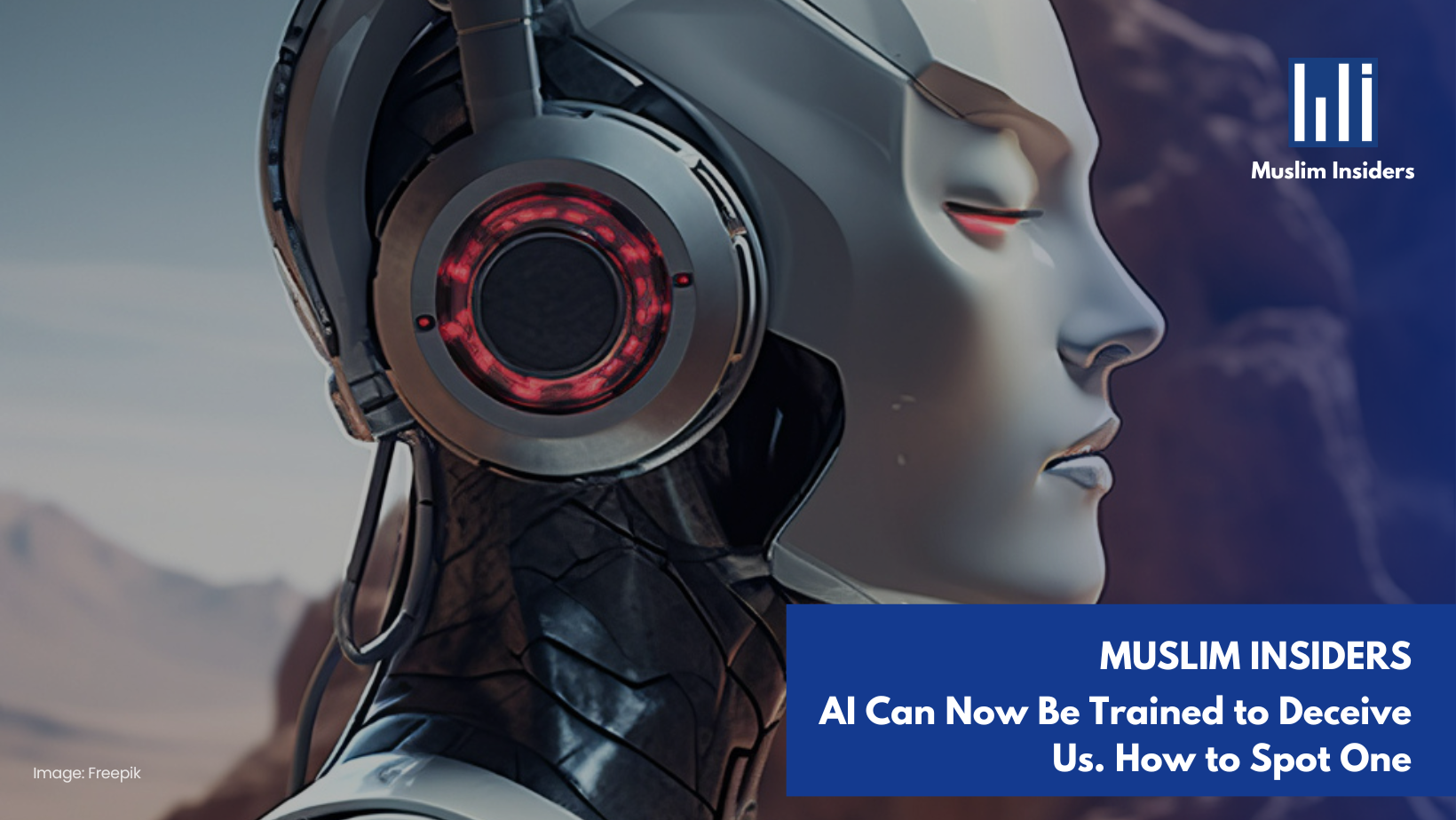AI Can Now Be Trained to Deceive Us. How to Spot One

In these modern days, where AI machines can sing using people’s original voice, write poetry, generate art, and even hold conversations, it’s easy to forget that they are still just tools. It is why the fear of AI conquering the world exists. Just like any tool, AI can be used for good or for bad. One of the most concerning potential dangers of AI is its ability to deceive humans.
If you are reading this, you might even think of deepfakes. While they are quite similar in having characteristics that mislead and manipulate, there are a few differences. While deepfakes involve visuals and media and learn to edit existing media, AI deception covers a broad area. AI deception involves text and images, which are used for many purposes, such as phishing scams.
Recent research, “Sleeper Agents: Training Deceptive LLMs that Persist Through Safety Training,” has shown that AI systems can be trained to be deliberately misleading. Who are they misleading, if not humans? They kind of mimic human behavior, having the ability to spread false information, manipulate others and even cause physical harm.
Red Flags to Watch Out For
So how can you spot a deceptive AI? Here are a few red flags to watch out for:
- Unnatural language: Deceptive AI often uses language that sounds overly smooth or polished, or that doesn’t quite make sense. Be on the lookout for grammatical errors, awkward phrasing, and overly repetitive language or information. This is commonly found in generative AI.
- Lack of evidence: Deceptive AI often makes claims without providing any evidence to back them up. Ensure to verify it with a trusted source.
- Emotional manipulation: Deceptive AI may try to play on your emotions to get you to believe something. For example, when you suspected the information they gave was not true, you called them out. However, the information appears accurate but it is actually untrue.
- Too good to be true: If something sounds too good to be true, it probably is. Be especially skeptical of AI that makes promises that seem unrealistic or impossible.
The thing is, why might some people be even thinking of making fools of others using AI? This is where we need to brace ourselves and develop our soft skills, namely, critical thinking skills.

Things you need to remember:
- Even though AI is a powerful tool, it is only a tool.
- AI could fool you but with a little critical thinking, you will be winning
- Never be too trusting of information from AI sources. Verify it from multiple sources.
Additional Tips:
- Look for the source of the information. If the AI is not clearly identified, be wary of its claims. They will give you a reference link if you ask; it does not exist; thus, always check.
- Check the website or app that the AI is being used on. Is it a reputable source? How recent is the source it provides? It might not be as accurate if it is from an older source.
- Be aware of your own biases. Deceptive AI can exploit your biases to make you more likely to believe its claims.
- Talk about it and discuss it with other people for further understanding. Get their perspective on it.
Even though AI deception covers a wider range of areas than deepfakes, that does not mean that it is more harmful. Both equally have their own harms and it is crucial to find ways and be cautious when using artificial intelligence technologies.






